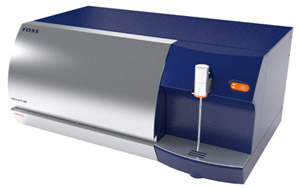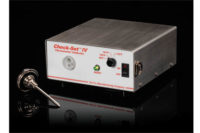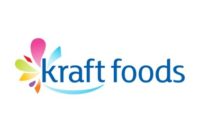 Ready-to-use screening models for the MilkoScan™ FT1 analyzer now make it quicker and easier for dairy producers to screen incoming raw milk for abnormalities.
Ready-to-use screening models for the MilkoScan™ FT1 analyzer now make it quicker and easier for dairy producers to screen incoming raw milk for abnormalities.
The models are available as ‘targeted’ models that check for the presence of specific adulterants and ‘untargeted’ models that check for any deviation from normal raw milk samples.
The ability to screen samples with the MilkoScan instruments has been available for several years, but previously, users needed to compile data based on local milk samples to take advantage of the technology. This is now unnecessary with the new models.
Preventing nasty surprises
With the ability to spot samples which in one way or another deviate from normality, dairy producers will be in a better position to tackle adulteration that can be extremely harmful and costly in terms of food safety or wasted production.
The raw milk may suffer from dilution or contamination from chemicals added either intentionally or accidentally, for example, resulting from animal feed or from contamination of the tanker. The impurities may be well masked. Everything else in the sample, even including taste, may be normal, but in the late production stages the impurity shows up as a nasty surprise such as a chemical taint or even a serious food safety risk.
Fingerprinting raw milk with FTIR
The technology behind the new screening option is based on Fourier Transform Infrared (FTIR) technology.
Natural raw milk has a particular infrared spectrum – a unique fingerprint. Using FTIR analysis, it is possible to program an analyzer to recognize the spectra (or fingerprint) representing pure raw milk. A warning is then given when samples do not meet the criteria for pure milk. If the sample is somehow different from pure milk it will be detected immediately.
The MilkoScan FT1
The MilkoScan™ FT1 analyzes the major components in raw and processed milk, cream and other liquid dairy products such as, Fat, Protein, Total solids, Solids non Fat and Lactose, as well as screening for milk adulteration. The analysis may be used for Milk payment, calculation of the mass balance, for standardization purposes and verification of end products.


